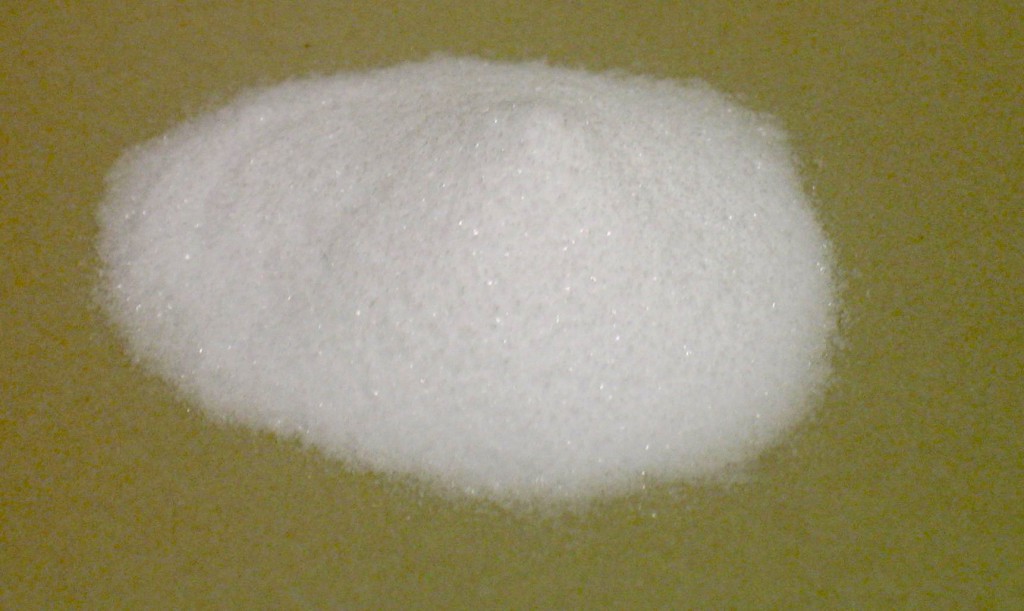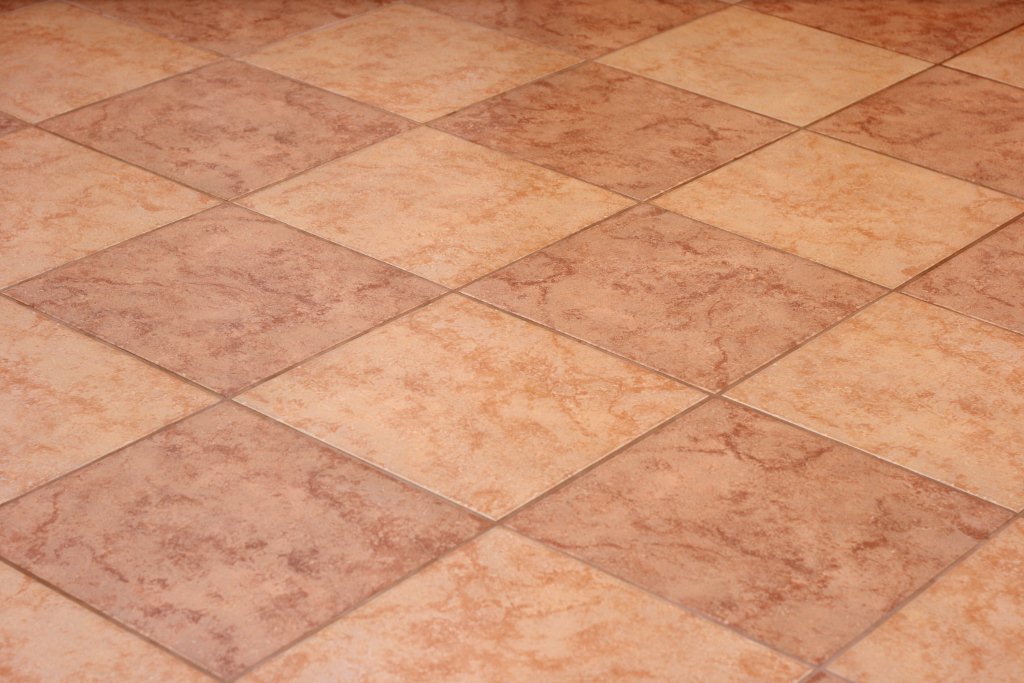Marble, a marvel for human life has a large variety of uses because of its structure, hardness and its ability to take high polish. Being a metamorphic stone, it’s composed of minerals dolomite [CaMg(CO3)2 ] or calcite [CaCO3]. Under extremely high pressure and intense heat of geological process, re-crystallization of limestone results in the formation of marble. The effect of such process is of great importance. The so newly created stone, marble bears very tight crystalline structure with very small porosity.
Below is a list of uses of marble.
Architecture
The Taj Mahal is one of the best examples of architecture. It is one of the most beautiful buildings in the world. Marble has been extensively used throughout the building, the towers and domes. In architecture, marble is used for outer walls, staircases, flooring, etc. The maintenance cost is very low. Marble is extremely hard, less porous and the most important property of marble is that it can take high polish. As a result it is highly attractive, durable and water resistant.

Sculpture
Marble has translucent surface. When highly polished, it allows light to enter. Light falling on the surface, makes it glow softly. These important properties qualify marble to produce beautiful sculptures. World’s most famous sculptures are made of marble.

Building & Construction
Left out marble pieces are further broken and used as marble stone chips. It is also crushed to different sizes and used as a construction aggregate. It can be used as fillings in construction works. It has additional advantage over limestone and gives greater strength. A product called ‘whiting’ is produced from exceptionally white coloured marble. The white coloured marble is crushed to form extremely fine power. This powder is then used as brightener pigment. This is also used in paper industry. Dolomite marble, also known dolostone is crushed to suitable size and used as a road base material. It is also used as fill in railroad and as an aggregate in asphalt and concrete. It is used to produce cement after being calcined.

Chemical & Pharmaceutical Industry
Powered marble is used for the preparation of calcium feed supplement. Chickens require calcium for production of eggs and cows require for the production of milk. So, farms use marble for production supplements which are rich in calcium and in soluble form. Dolomite is used as flux in processing of metal and as an ingredient for the production of ceramics, bricks and glass. Marble is composed of calcium carbonate which is an acidic agent. Marble gets readily dissolved in acids. When marble is exposed to acidic reaction, based on the nature of acids, various products such chlorides, nitrates and sulphates are produced. Dolomite is a very good source of magnesia (MgO). It is a wonderful acid neutralizer as such it is used to produce antacids and also used in chemical industry for acid neutralization.

Agriculture
Calcite marble contains carbon dioxide. When calcite is heated in a kiln, carbon dioxide is driven off leaving behind calcium oxide usually known as lime. The basic nature of marble is acid neutralization. So, lime is used in agriculture to control acidity in soil. The yield of a soil gets increased when lime is applied in combination with suitable fertilizer.
Thus, the uses of marbles are infinite. Its properties qualify marble to be used in various industries. For more details about marbles visit: Commercial Cleaning Services London







